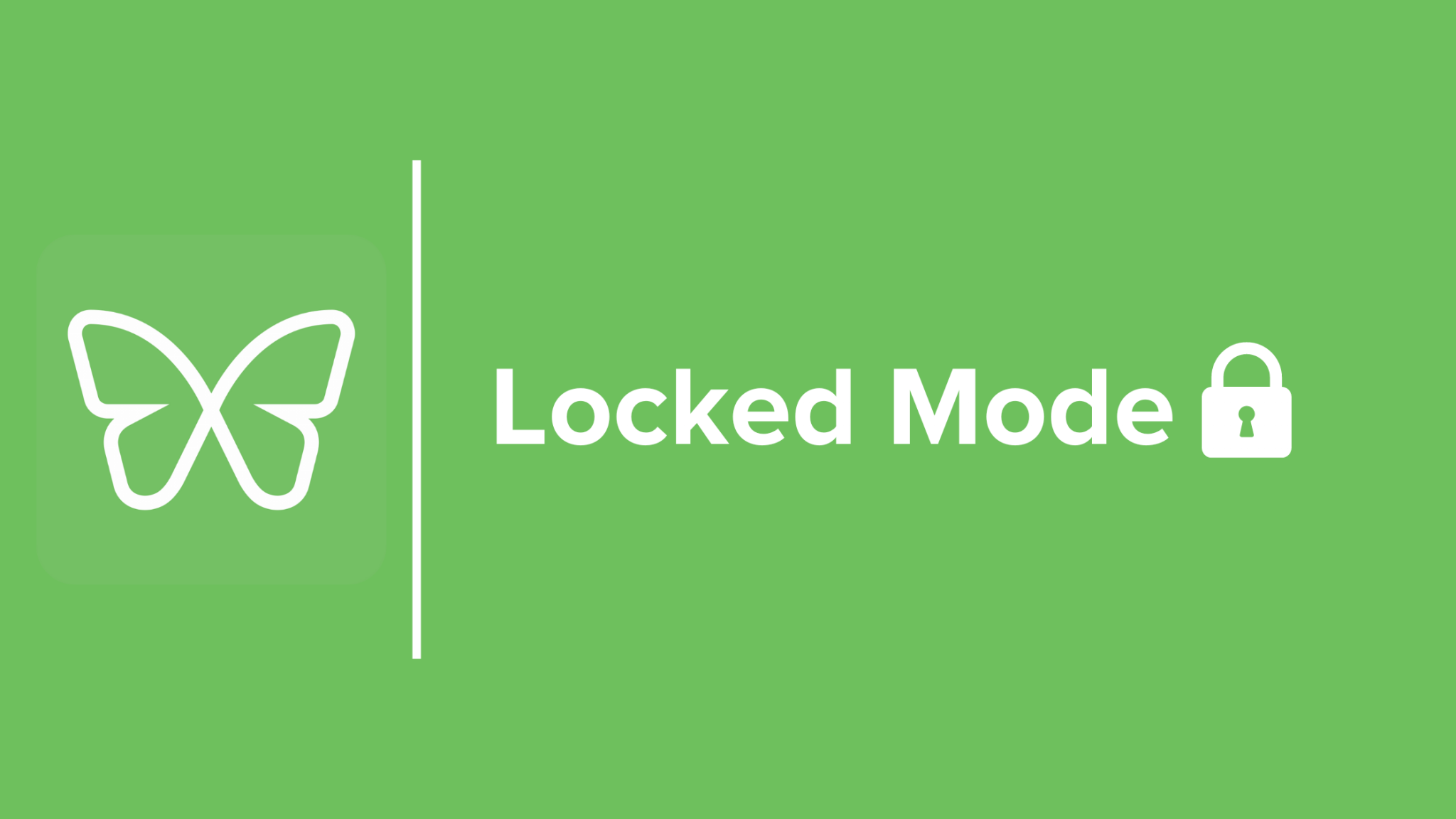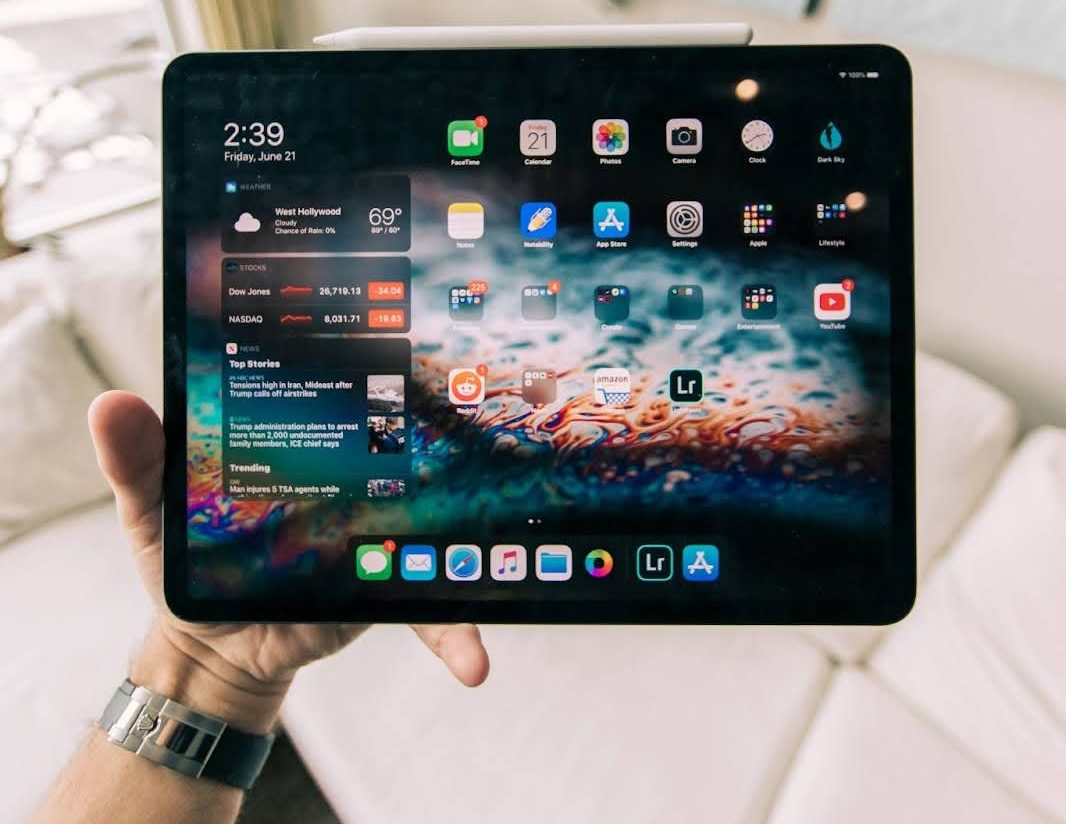How To Block Apps on a Mac or Windows Computer

Do you have a distracting desktop app that just seems to steal your time and attention – ruining your productivity? Freedom is now excited to offer desktop app blocker for Mac and Windows computers – allowing you to temporarily block any desktop app you wish, for example Mail, Steam, Chrome, and more!
How does desktop app blocking work?
Desktop app blocking allows you to create a blocklist of any desktop apps you wish to temporarily block or hide. So if you need a break from checking email or have that one game you can’t stop playing – you can now add these apps to your block list. Once added, these apps will quit or hide when you try to open them during your Freedom block session.
With your distractions blocked, you’re free to focus on what matters most.
For Step-by-step instructions:
How to block apps on a Mac computer
1: Make sure Freedom is up-to-date: To get started using desktop app blocking, first, make sure that you have the Freedom 1.6 or later downloaded. To check if you have the right version, select the Freedom Butterfly in your menu bar and select About Freedom.
If you’re not running Freedom 1.6 or later, visit our downloads page to download Freedom or select the Freedom Butterfly and select Check for Updates.
2: Edit your Blocked Desktop Apps list: Next, go to the Freedom Butterfly drop-down menu and select Manage Blocked Desktop Apps. A menu will open with a list of all your desktop applications.

3. Add desktop apps to your blocklist: Select the desktop apps you’d like to block and click Save. In this example, we’ll block Evernote, Chrome, and Mail.
4. Create Freedom session: Finally, visit your Freedom dashboard and create a new block session. Click Add Session > Session Type > Session Length and then add Apps to block the desktop apps you previously selected. Add any other blocklists you wish to add and then select Start.
Your blocked desktop apps will now hide or quit when you try to open them during your session.

Note: You will not see the “Block Apps” option in your dashboard until you actually select apps to block in under “Manage Blocked Desktop Apps” in the Freedom drop-down menu.
Important: Hiding vs. Quitting Desktop Apps
Desktop app blocking, by default, will hide blocked apps. We’ve found this to be a pretty useful approach – if you try to re-open the app, it hides instantly. However, if you’d like to actually quit the app, you can choose Kill Blocked Apps in the Freedom desktop menu under Options > Advanced > Kill Blocked Apps.
Please use caution with this setting! It will quit the app, potentially losing unsaved work if a Freedom session starts while you are working in an app you wish to block (e.g. drafting an email).
Things to note:
You must select the apps you wish to block individually on your devices. Because there are so many different types of apps and installations, the apps you choose to block on your desktop only affect that device. So you’ll need to set up the apps you wish to block on each device.
How to block apps on a Windows computer
1: Make sure Freedom is up-to-date: To get started using desktop app blocking, first, make sure that you have the Freedom 1.6 or later downloaded. To check if you have the right version, select the Freedom Butterfly in your menu bar and select About Freedom.
2: Edit your Blocked Desktop Apps list: Next, go to the Freedom Butterfly in the toolbar menu and select Manage Blocked Desktop Apps. A menu will open with a list of all your desktop applications.

3. Add desktop apps to your blocklist: Select the desktop apps you’d like to block and click Save. In this example, we’ll block Chrome, Microsoft Edge, and Opera.

4. Create Freedom session: Finally, visit your Freedom dashboard and create a new block session. Click Add Session > Session Type > Session Time and then add Block Apps to block the desktop apps you previously selected. Add any other blocklists you wish to add and then select Start. Your blocked desktop apps will now hide or quit when you try to open them during your session.

Note: You will not see the “Block Apps” option in your dashboard until you actually select apps to block in under “Manage Blocked Desktop Apps” in the Freedom drop-down menu.
Important: Hiding vs. Quitting Desktop Apps
Desktop app blocking, by default, will hide blocked apps. We’ve found this to be a pretty useful approach – if you try to re-open the app, it hides instantly. However, if you’d like to actually quit the app, you can choose Kill Blocked Apps in the Freedom desktop menu under Options > Advanced > Kill Blocked Apps.
Please use caution with this setting! It will quit the app, potentially losing unsaved work if a Freedom session starts while you are working in an app you wish to block (e.g. drafting an email).
Things to note:
You must select the apps you wish to block individually on your devices. Because there are so many different types of apps and installations, the apps you choose to block on your desktop only affect that device. So you’ll need to set up the apps you wish to block on each device.


